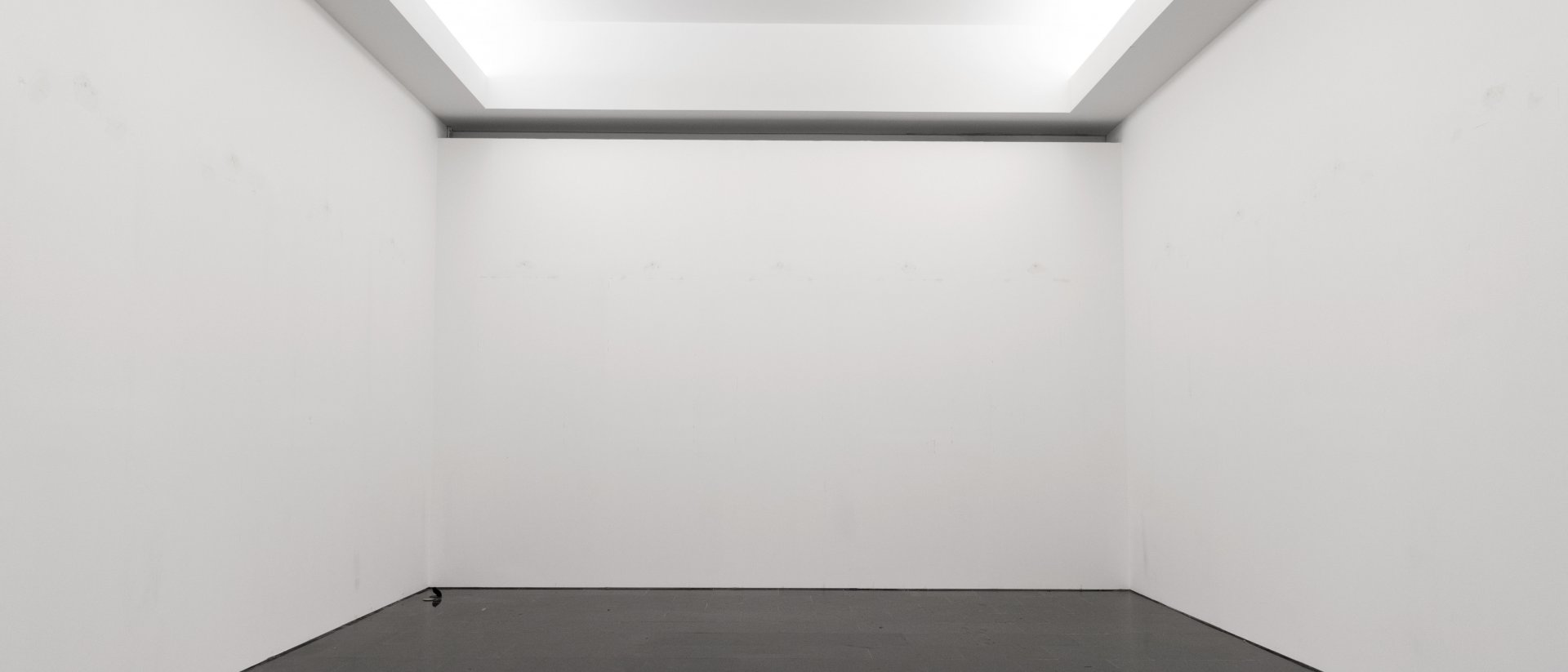“Nothing to See”, an online tour of the museum that cannot be seen
What does it mean to see a work of art? What does contemporary art offer up for us to see and what does it not allow us to see? How does it make us see it? What does seeing mean, in general? How do we see what cannot be seen? “Nothing to See” is the name of an area of research within the MACBA’s educational and accessibility programmes. It focuses on the realm of visuality in contemporary art and, more specifically, on an issue found in many artworks and artistic practices: the questioning of the privilege, the sense and the limits of visual perception.
“Nothing to See” is an activity aimed at people with diverse degrees of impaired vision and the general public. It is a workgroup in which a number of artists present an approach and a collective work that considers the notion of ‘nothing to see’ through their respective artistic practices and paths.
A museum that cannot be seen
Due to the public-health situation related to COVID-19, the museum is closed to the public. The lights are off, the exhibition rooms are empty, the works have been covered up… an entire museum that cannot be seen. But isn’t there perhaps always a museum that cannot be seen, a museum hidden from the eye in that which it illuminates, shows and displays? Quite a number of artists have attempted to transform into artworks the various spaces and times of the museum that are invisible to the public. As part of the first edition of “Nothing to See”, with Ignasi Aballí, a kind of ‘guided tour’ was run that took in the museum’s rooms that were closed to the public between the end of one exhibition and the opening of the next.
Itinerary
The MACBA has been conducting research into art and visuality since 2018 within its educational and accessibility programmes. We offer you a tour of some of the museum’s holdings that reflect on visuality and which question the centrality of the gaze and of the ‘presence’ of the artwork.


















